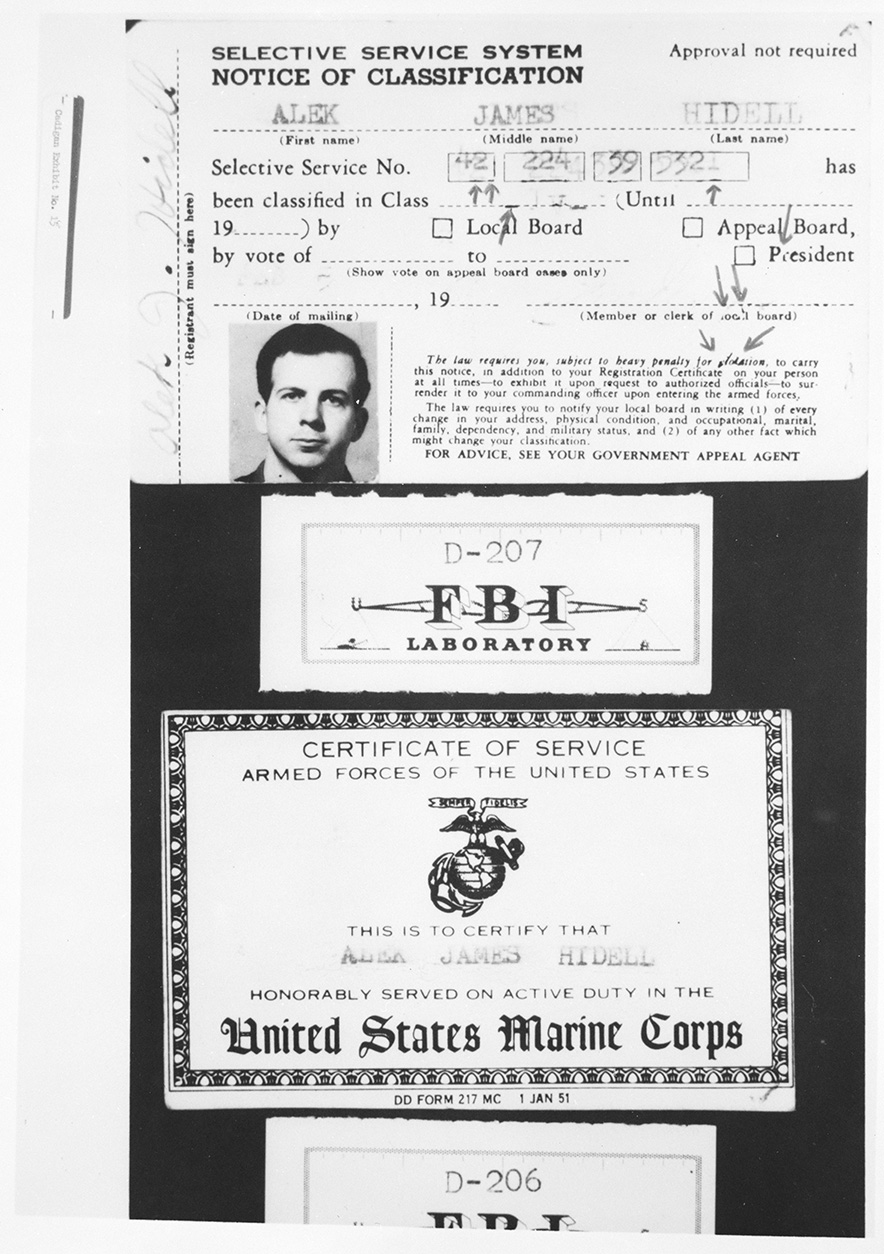Shedding Light on JFK’s Assassination: 63,000 Pages of Documents Unveiled
We’re shifting gears today to discuss a recent development somewhat diverging from the normal discourse: the unveiling of over 63,000 pages of documents pertaining to the assassination of President John F. Kennedy. Kennedy, a native of Brookline, emerged from two eminent political dynasties. He served for Massachusetts in both chambers of U.S. Congress before earning his presidency. His fatal shooting has been the breeding ground for countless conjectures and intrigues.
During his electoral campaign, the president pledged to shed more light on Kennedy’s assassination, as he expressed it. Moreover, President Trump called for increased transparency pertaining to the murders of Robert F. Kennedy and Martin Luther King Jr., as well. However, the government hasn’t disclosed all of its files regarding these events.
Undoubtedly, the families involved and the American citizenry deserve transparency and truth. It is in accordance with the nation’s interest to expedite full disclosure of all records associated with these murders. Interestingly, this week marked the public release of the JFK files.
The volume of material contained within these files is staggering and individuals are still in the process of poring over them. To date, a shared perspective seems to be that the newly disclosed documents do not provide any pivotal details that fundamentally alter our comprehension around JFK’s demise.
Much of this material, if not all, had been previously disclosed, albeit with certain sections redacted. However, those redactions have now been lifted. Fresh fragments are slowly surfacing, gaps are being closed, and additional depth is being added into our understanding. Yet, no groundbreaking revelations have come to light so far.
Among the revelations is information about the CIA’s utilization of State Department roles as covert operations, and enlightening data on American interference in foreign elections. Another noteworthy disclosure was a summary of a near 700-page detailed CIA document dating back to the mid-1970s, touching on instances where the CIA may have overstepped its assigned boundaries.
The newly released files also included a tutorial on how wiretapping was traditionally conducted during the 1960s and disclosed the identities of individuals recruited for double agent duties at the Soviet embassy in Mexico City during the same period. These disclosures are fascinating, but they don’t change the big picture significantly.
Among these documents are the previously redacted names of numerous, possibly even hundreds of, ex-public servants. Their names were once expunged, but are now visible to all. With these revelations come their personal details, including information as sensitive as their Social Security numbers.
The transparency is uncanny, given this is not standard operating procedure. This development aligns with the incumbent president’s commitment towards increased transparency around JFK’s unsolved case, among others. It is indeed a departure from the usual government secrecy we’ve been accustomed to.
With time, more insights may yet be unearthed from these piles of documents. However, even if no further revelations surface, this is a significant step towards government transparency and the public’s right to information.
The scope and depth of these administrative insights provide a window into the past and federal operational procedures from those times. They highlight the occasional fine line walked by intelligence agencies, hinting at potential overreaching of their mandates.
The cases of the double agents and election interference, among other things, are reminders of the era of Cold War intrigues and covert operations that shaped much of mid-century geopolitics. They are a stark reminder of our nation’s navigations during those precarious times.
In conclusion, while groundbreaking information altering our perspective on JFK’s assassination is yet to surface, the release of these documents represents a significant stride towards transparency and open governance. It gives an intriguing glimpse into the past, offering fresh layers of context to existing information, although significantly transformative facts remain elusive for now.
In retrospect, going through these documents is akin to embarking on a contextual journey through time. With more transparency around government dealings, citizens of tomorrow can critically evaluate the actions of the past, fostering a more informed democratic society.

